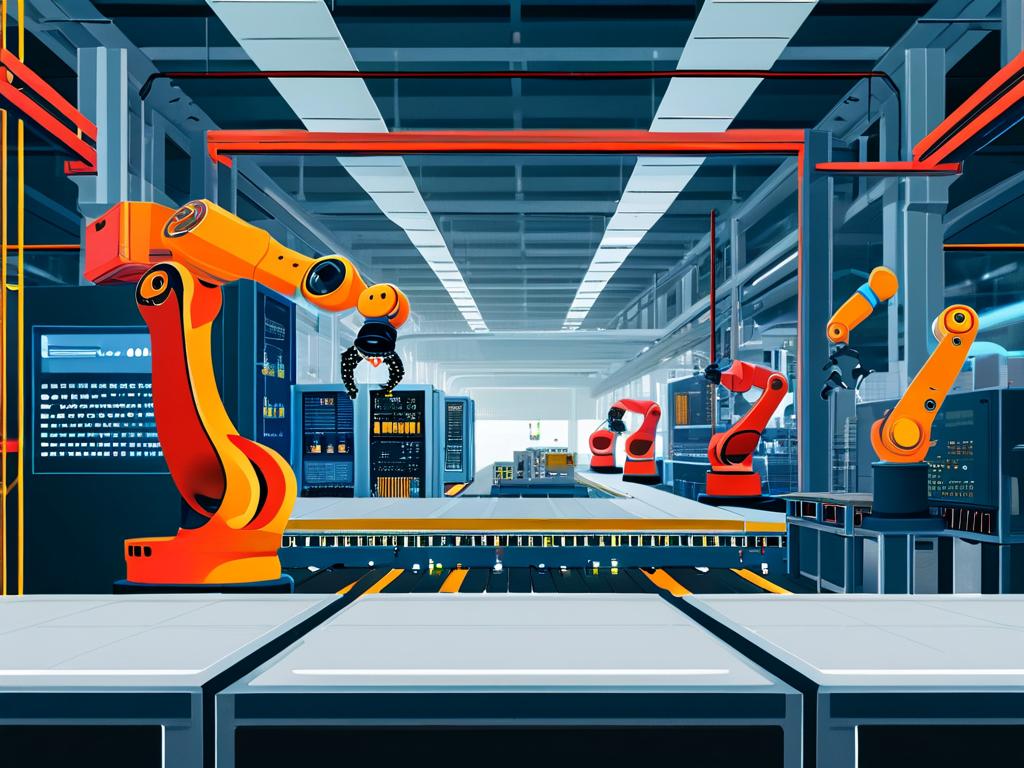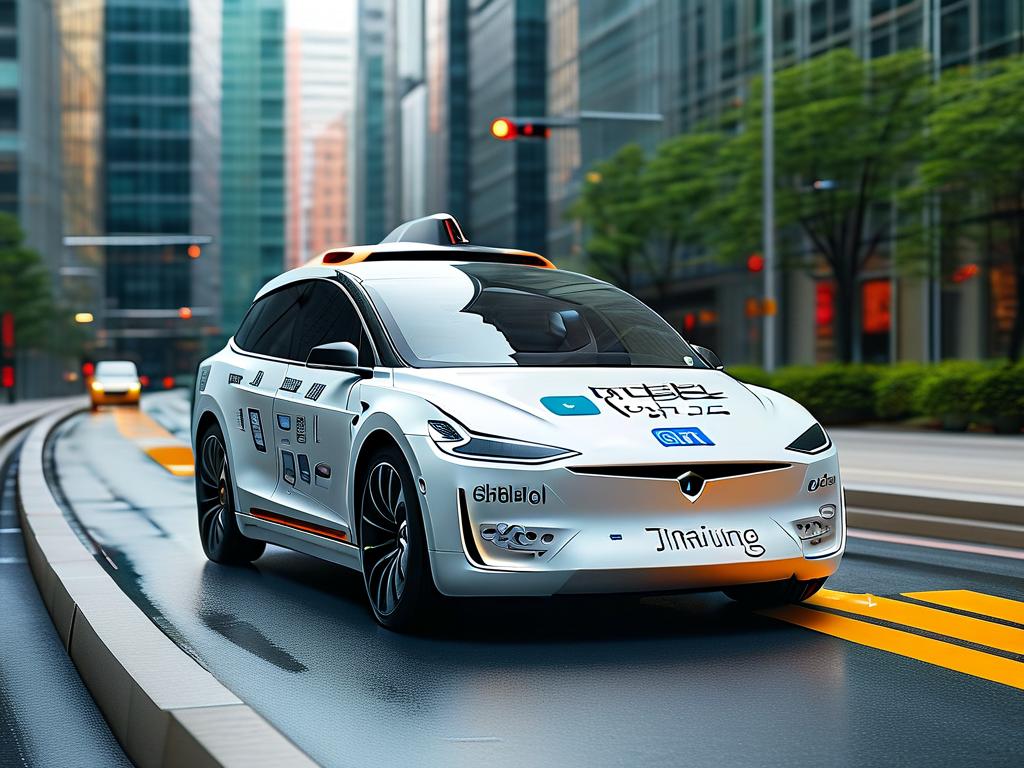In modern industrial automation and robotics, controller algorithms form the backbone of system performance. Among various approaches, Proportional-Integral-Derivative (PID) control remains the most widely adopted method due to its simplicity and effectiveness in handling linear systems. Statistics show that over 90% of industrial control loops rely on PID or its modified versions. However, as technology advances, newer algorithms like Model Predictive Control (MPC) and adaptive controllers are gaining traction in complex scenarios.

The Persistence of PID Control
PID controllers dominate applications requiring steady-state accuracy and rapid response. Their three-term structure – proportional for immediate error correction, integral for residual offset elimination, and derivative for anticipating future errors – makes them ideal for temperature regulation, motor speed control, and hydraulic systems. Automotive cruise control systems, for instance, frequently employ PID algorithms to maintain vehicle speed within ±1 mph of the target. Recent innovations like fuzzy PID and neural network-tuned PID have expanded their capabilities in nonlinear environments.
Rise of Model Predictive Control
MPC has emerged as the go-to solution for multivariable systems with constraints. Unlike PID's reactive approach, MPC uses dynamic system models to predict future states and optimize control actions over a receding horizon. This proves invaluable in chemical processing plants where multiple variables like pressure, flow rate, and temperature must be coordinated. A 2023 study by the International Society of Automation revealed that MPC adoption grew by 40% in oil refining applications compared to traditional methods.
Adaptive and AI-Driven Controllers
Machine learning integration is reshaping control strategies. Reinforcement learning-based controllers now enable autonomous systems to self-optimize in unpredictable environments. Boston Dynamics' Spot robot, for example, uses adaptive algorithms to adjust gait patterns when traversing uneven terrain. Similarly, gain-scheduled controllers automatically modify parameters based on operating conditions, proving effective in aerospace applications where flight dynamics vary significantly with altitude and speed.
Hybrid Approaches and Challenges
The trend toward hybrid controllers combines multiple algorithms for enhanced performance. A common implementation pairs PID for baseline control with MPC for constraint handling. However, computational intensity remains a barrier – while PID requires minimal processing power, MPC demands real-time optimization capabilities. This explains why edge computing devices increasingly incorporate specialized chips for matrix operations in predictive control scenarios.
Industry-Specific Preferences
Application domains show distinct algorithm preferences:
- Automotive: PID for throttle control, MPC for autonomous steering
- Energy: Fuzzy logic for wind turbine pitch adjustment
- Manufacturing: State-space controllers for robotic arms
Emerging standards like IEC 61499 are facilitating algorithm portability across industrial platforms, though interoperability challenges persist.
Future Directions
Quantum computing promises to revolutionize MPC by solving optimization problems orders of magnitude faster. Meanwhile, digital twin technology enables controller testing in virtual environments before physical deployment. As edge AI processors become more accessible, expect increased adoption of neural network-based controllers in consumer electronics and IoT devices.
In , while PID maintains its stronghold in conventional systems, the demand for sophisticated control in autonomous vehicles, smart grids, and advanced manufacturing continues to drive innovation. The optimal choice depends on system complexity, real-time requirements, and available computational resources, with hybrid solutions often providing the best balance.









